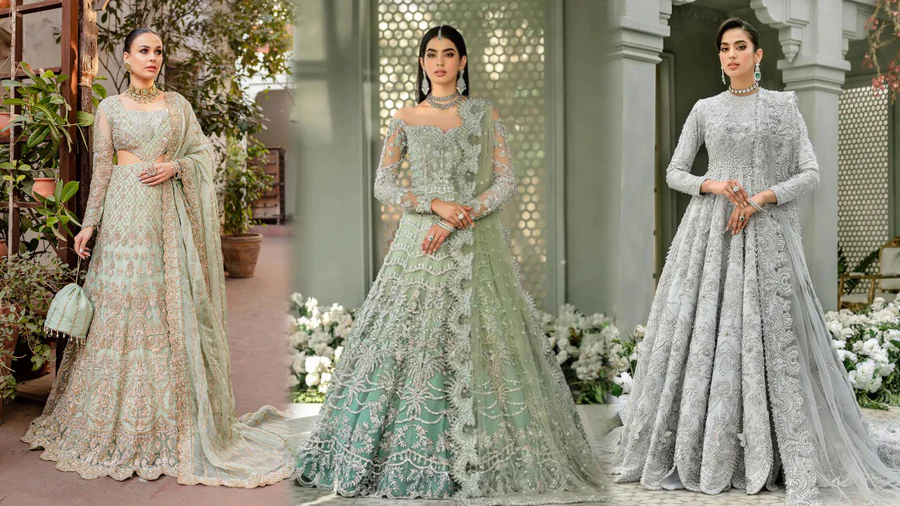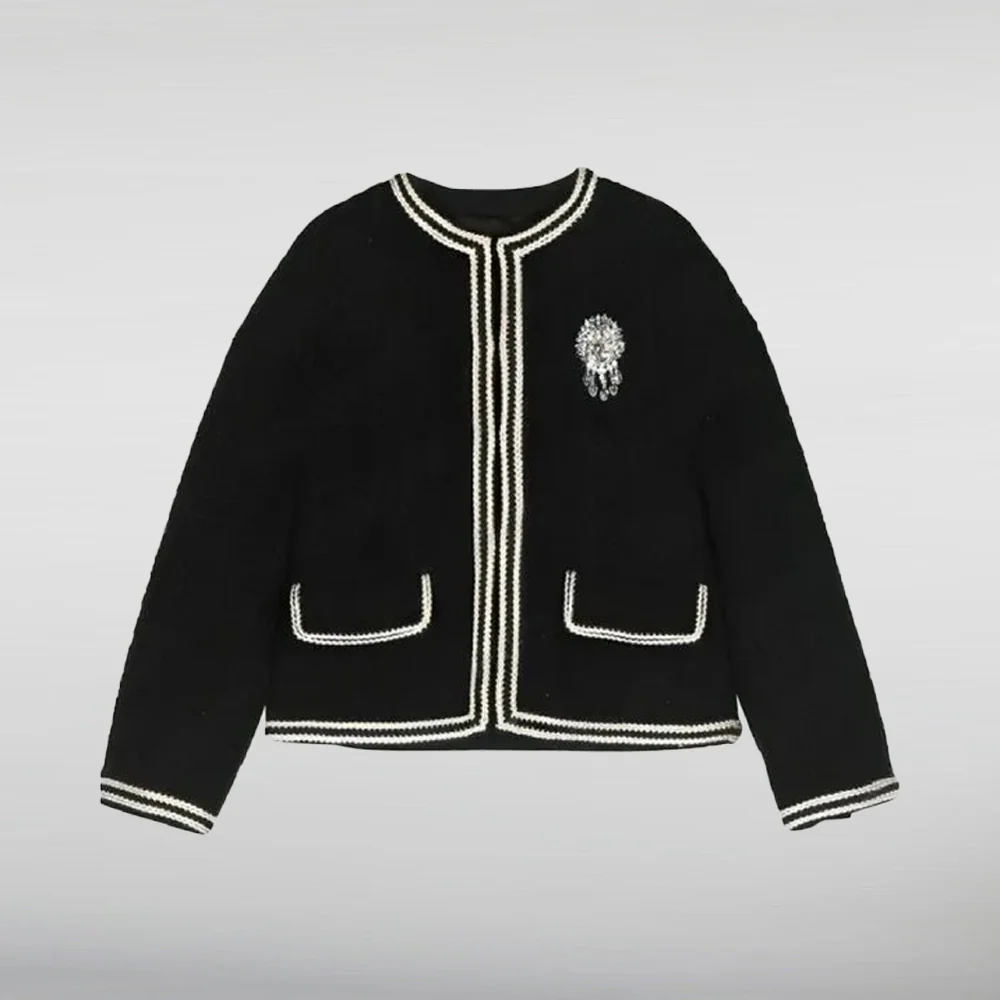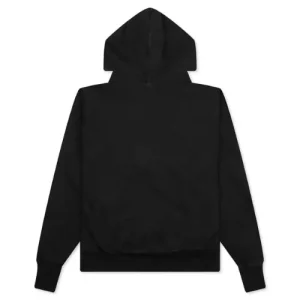Transparency in the fashion industry has become an essential factor for both consumers and businesses. Eric Emanuel Shorts As customers demand more ethical and sustainable practices, fashion brands must disclose their sourcing, labor conditions, and environmental impact. This article delves into the major areas where transparency is crucial and how it influences the industry.
1. Supply Chain Transparency
1.1 Ethical Sourcing of Raw Materials
The origin of raw materials plays a critical role in ethical fashion. Consumers are increasingly interested in knowing where their clothes come from, whether they are made from organic cotton, recycled fabrics, or synthetic materials. Brands must disclose information about sourcing locations, farming methods, and the sustainability of materials used.
1.2 Fair Labor Practices
Transparency in labor conditions ensures that brands do not exploit workers. Ethical brands share details about their factory locations, wages, working hours, and compliance with labor laws. The Fair Trade certification and other ethical labels help consumers identify brands that prioritize worker welfare.
1.3 Supply Chain Tracking Technologies
Advancements in blockchain and AI have made it easier for brands to track every stage of the production process. These technologies ensure authenticity, prevent counterfeiting, and offer customers a clearer picture of a product’s journey from factory to store.
1.4 Transparency in Logistics
Understanding the journey of a product from manufacturer to retailer is an important aspect of transparency. Brands are increasingly disclosing shipping methods, carbon emissions from transportation, and warehouse operations to provide consumers with a clearer insight into logistics sustainability.
2. Environmental Impact Transparency
2.1 Carbon Footprint Disclosure
As the fashion industry is one of the largest polluters globally, brands must be accountable for their carbon footprint. Leading brands now disclose their emissions data and implement strategies to minimize carbon output, such as renewable energy sources, eco-friendly transportation, and water conservation practices.
2.2 Water Usage and Pollution
The textile industry is responsible for massive water consumption and pollution. Ethical brands now report their water usage, efforts in wastewater treatment, and policies to reduce harmful chemical discharge.
2.3 Sustainable Packaging
Reducing plastic waste is another essential aspect of transparency. Many fashion brands are adopting biodegradable packaging, recycled materials, and minimalistic designs to reduce environmental impact.
2.4 Recycling and Circular Economy Initiatives
More brands are integrating recycling programs into their business models, allowing consumers to return old garments for repurposing. Transparency in these initiatives ensures that products are truly being recycled rather than ending up in landfills.
3. Pricing Transparency
3.1 Cost Breakdown of Products
A growing number of brands provide a detailed breakdown of product costs, including material sourcing, labor, transportation, and marketing. This ensures that customers understand the true value of their purchase and discourages unfair pricing.
3.2 Fair Pricing Models
Ethical fashion brands often follow fair pricing strategies, ensuring that their products are affordable without compromising sustainability or labor rights. Brands like Everlane and Patagonia have set a benchmark in this area.
3.3 Transparency in Discounts and Promotions
Fashion brands frequently offer discounts and promotions, but not all of them disclose the reasons behind price reductions. Transparency in sales strategies helps consumers make informed choices while preventing deceptive marketing practices.
4. Social Responsibility and Ethical Commitments
4.1 Diversity and Inclusion Policies
Consumers demand brands that promote diversity in their workforce, advertising, and leadership teams. Check it now Hellstar Hoodie Many companies now disclose their diversity policies, employee statistics, and efforts to create an inclusive work environment.

4.2 Charitable Initiatives and Community Impact
Fashion brands engage in social initiatives such as donations, ethical sourcing partnerships, and local community support. Transparency in such commitments helps customers gauge a brand’s genuine impact.
4.3 Transparency in Brand Partnerships
Many brands collaborate with other companies or influencers to market their products. Ethical businesses disclose the nature of these partnerships, ensuring consumers know whether endorsements are authentic or financially motivated.
5. Product Quality and Safety Transparency
5.1 Fabric Composition Disclosure
Customers deserve to know the exact composition of their clothing. Ethical brands provide detailed information about fiber content, dyes, and potential allergens in their garments.
5.2 Product Testing and Certifications
Safety certifications like OEKO-TEX and GOTS ensure that fabrics are free from harmful chemicals. Disclosing such certifications reassures customers about product safety.
5.3 Transparency in Durability and Wearability
Consumers want to know how long their clothing will last. Ethical brands provide information on durability testing, fabric longevity, and repair services to promote sustainability.
6. Consumer Engagement and Transpare#ncy
6.1 Open Communication Channels
Fashion brands that actively engage with consumers through social media, direct feedback, and Q&A sessions build trust and loyalty. Transparency in addressing concerns and responding to inquiries is crucial.
6.2 Third-Party Audits and Reports
Independent audits and sustainability reports validate a brand’s transparency claims. Many companies now publish annual sustainability reports, verified by third-party organizations, to ensure accountability.
6.3 Transparent Returns and Refund Policies
A clear and fair return policy is essential for customer trust. Ethical brands ensure that their policies are accessible, easy to understand, and protect both the consumer and the environment.
Conclusion
Transparency in the fashion industry is no longer optional—it is a necessity. Consumers are more conscious than ever, demanding ethical sourcing, environmental responsibility, and fair labor practices. Brands that prioritize transparency not only gain customer trust but also set industry standards for a more sustainable and responsible future.
















Leave a Reply